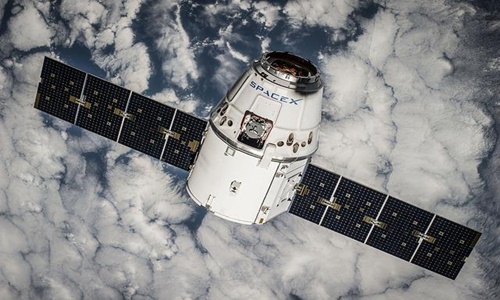
NASA satellite Capstone has reportedly left the Earth’s orbit on July 4th, 2022, and is headed for the moon. This is the agency’s latest step under its plan for the Artemis moon landing missions.
Capstone was recently launched by Rocket Lab from New Zealand's Mahia Peninsula. As it uses minimal energy to cruise, it will take four more months for Capstone to reach the moon.
Rocket Lab Founder, Peter Beck has expressed his delight regarding the progress of the mission, noting that the complex project took almost two-and-a-half years to complete. He also added that its low cost of USD 32.7 million is a groundbreaking achievement and commences a new era of space exploration.
Once the satellite reaches the moon, it will enter a new stretched-out egg-shaped orbit called a near-rectilinear halo orbit with one end closer to the moon than the other. By staying in this new orbit, Capstone will send back crucial information for months.
NASA eventually plans to establish a space station dubbed Gateway into the orbital path. From here, astronauts will be able to easily descend to the lunar surface under the Artemis program.
According to Mr. Beck, the new orbit minimizes fuel usage and enables the satellite, or a potential space station, to maintain a constant connection with Earth.
The Electron rocket that took off on June 28th also carried a second spacecraft called Photon which separated after 9 minutes. Capstone was carried in Photon for six days, with Photon’s engines firing at certain intervals to take it farther from the Earth.
The spacecraft broke from the Earth's gravitational pull with a final engine burst on Monday, sending Capstone on its way to the moon. Now the 25-kg satellite needs to be overshot to the moon before entering the new orbit by November 13th.
Capstone will perform some course corrections using tiny amounts of fuel to stay on the planned trajectory.
Source credit:








